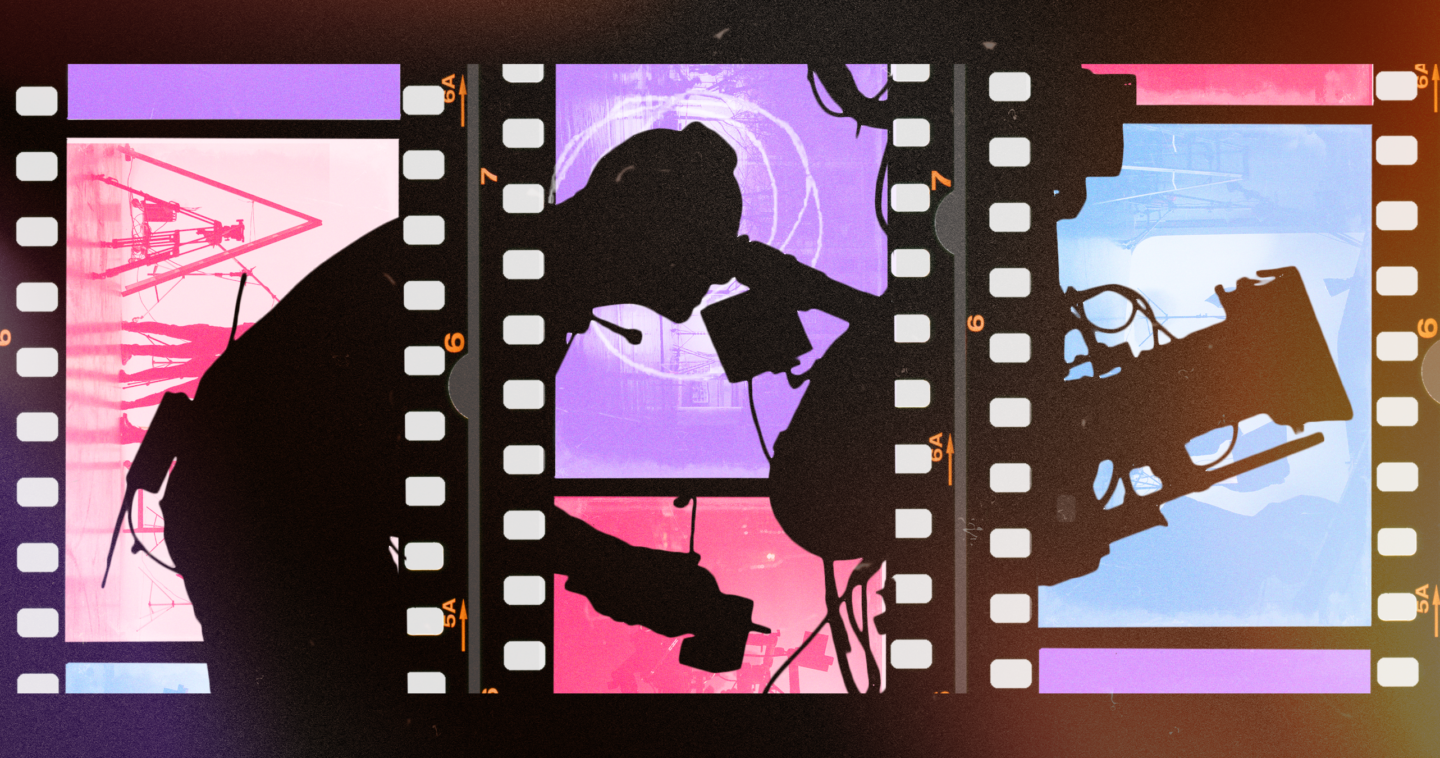“Cut! That’s a wrap for today!”
That utterance once began a long, specific journey for the 35mm film canister that captured the day’s work. It would pass hands from cinematographers to truck drivers to technicians, transporting a highly flammable asset across Tinseltown to be developed. After, these analog reels would be sent back to the studios to be cut and spliced together by hand, some scenes literally left on the cutting room floor.
For most of Hollywood’s history, this was the movie-making process: a regimented, sequential one dictated by the physical needs of film. Film developed the workflow that built an industry, one that remained consistent until the mid-’90s when filmmaking became a digital medium. While this was hailed as a revolution for the film industry at the time, it left questions about films—and their data—unanswered in its wake, questions today’s filmmakers are left to answer as video pushes the envelope with 4K, 8K, and even 12K.
A new dawn, and a rude awakening
Like many mediums, the arrival of digital tools started a new era of unfettered creativity and power for creators.
Until the ‘90s, creativity in film was born from constraint. In interviews for the documentary “Empire of Dreams: The Story of the Star Wars Saga,” George Lucas explained how he didn’t have the tools he needed to capture the entirety of his vision for the original release of Star Wars, so he used miniatures to approximate what he imagined.
It was only with the ability to digitally create environments with blue and green screens that Lucas’s imagination could be fully visualized.
Editors experienced a similar transformation thanks to digital tools. In previous eras, chemically processed film was cut into footage, naturally measured in feet. Those reels were cut with scissors, pasted together, and then fed through reels. This was done by multiple editors using a bevy of tools and equipment.
When the first digital cameras and editing software were introduced, the impact on the editing process was a game changer. Digital techniques made sweeping changes to a sequence effortless. As long as the editors could envision the order of the shots, nothing prevented them from producing a rough version of their idea.
These digital advantages changed filmmaking for the better, but also set the industry on a collision course with the proliferation of big data.
An ever-growing haystack
Issues of storage, workflow, and data management are only exacerbated by the yearly improvements in resolution and fidelity across film and television. Consumers today are just getting acclimated to 4K, and yet the march to 8K has already begun, with 12K close behind.
When lower resolutions were the norm for digital recordings, it felt as if resources were infinite and the limitations infinitely small. “Just let it roll,” was a common attitude. But as scale increases, the unsustainable nature of this approach arises.
Primarily, there is the issue of capacity. Megabytes and gigabytes are manageable, but once raw video files start reaching the size of teraytes or even petabytes, the problem comes into focus.
Contemporary data storage, much like its cellophane precursor, is remarkably finite. It’s more renewable and flexible since data can be erased and moved, but these processes of ripping, moving, storing, and backing up files as large as 8K or 12K footage take time, much like the development of film
In the ‘90s backing up a standard resolution take took a few minutes, but with 4K film, this can take hours, particularly when moving between types of storage devices and mediums. As films are already being shot in 8K and beyond, the film industry is once again feeling its tools’ constraints.
Finding the needle
Along with the size of these files is the emergent issue of metadata, or data about the data. Using the music industry’s digital transformation as an example, it’s clear how challenging movie metadata can be.
Most digital audio files, like an MP3, carry standardized metadata which might track performers, composers, lyrics, and album art, but film is orders of magnitude more complex. Not only the obvious things like actors and shot designation, but camera position, costumes, lighting environment, and more could be kept track of.
This metadata helps editors, VFX artists, and countless others ensure that the end-product is a cohesive product. Moreover, films are no longer standalone isolated artistic endeavors, and their data is vital beyond the film itself. The rise of transmedia, or narratives that extend into multiple mediums, places a higher premium on well-organized data. A shot from an 8K film may need to be spliced into a trailer, or even a theme park ride, playlist, or video game.
Enabling creativity
Managing that data, sorting it, and ensuring that the production has easy and secure access has been at the heart of what Western Digital’s SanDisk Professional teams have been working on. To alleviate the issues facing filmmakers today, these teams have been working to improve the digital workflow of studios across the industry.
As part of the brand’s commitment to serving creative professionals, the brand maintains a network of acclaimed and inspiring professionals in film, photography, and music. From start to finish, SanDisk Professional teams work to identify what the storage needs of the production will be, how and when it will need to be accessed, and how to create a sustainable in-house system to manage the massive of data and metadata of film.
For so long, data was an afterthought in the film industry, but no longer.



